Case of the Week #608
Santokba Durlabhji Memorial Hospital, Jaipur, Rajasthan
35-year-old G4P3 woman with no significant medical history presents at 21 weeks of pregnancy for fetal ECHO after an anomaly scan done elsewhere identified cardiac findings. The patient has two healthy children. Her last infant succumbed a few days after birth due to a cardiac malformation. The following images were obtained that demonstrate a constellation of findings seen in a complex syndrome.





View the Answer Hide the Answer
Answer
We present a case of situs ambiguous with right isomerism associated with dextrocardia, transposition of great arteries and cardiac total anomalous pulmonary venous connection.
The images demonstrate the following findings:
- Image 1, Video 1: dextrocardia, situs ambiguous
- Image 2: right isomerism, descending aorta and inferior vena cava both on right side
- Image 3-4, Video 2: parallel great arteries, transposition of great arteries
- Image 5, Video 3: pulmonary veins directly draining into the right atrium
Discussion
The first step in evaluation of the fetal heart is situs assessment. Fetal situs establishes the accurate determination of the ventricular and atrial situs. There are three types of situs including situs solitus, situs inversus and situs ambiguous. The rate of congenital heart disease is around 0.6% in situs solitus (normal anatomy), 3–9% in situs inversus totalis, and almost 80% in situs ambiguous [1].
Situs ambiguous, also called heterotaxy, asplenia syndrome, Ivemark syndrome, and polysplenia syndrome, is a complex congenital disorder characterized by the disruption of the normal left-right asymmetry of the thoracoabdominal organs, including the heart, lungs, liver, spleen, and stomach. It is thought to arise from disturbances in the early developmental processes that establish the embryonic left-right axis. Patients with segmental discordances in the asymmetric thoracoabdominal organs typically have complex cardiac and vascular abnormalities that are thought to involve partial or complete reversal of cardiac looping, left-right patterning of the atria, or the failure of asymmetric remodeling of symmetric embryonic structures. Examples of congenital cardiovascular malformations that are highly suggestive of defects in embryonic left-right patterning include dextrocardia, mesocardia, levo-transposition of the great arteries, and atrial isomerisms. Our case demonstrated dextrocardia. For dextrocardia there has been no ethnic or gender-related predilection described. Primary dextrocardia is most commonly associated with situs solitus (45%), then situs ambiguous (36%) and situs inversus totalis (18%) [2]. Other cardiac defects commonly associated with situs ambiguous can arise by more than one mechanism, and include pulmonic stenosis, pulmonary atresia, anomalous pulmonary venous return, interrupted inferior vena cava, persistent left superior vena cava, dextro-transposition of the great arteries, double-outlet right ventricle, ventricular septal defect, atrial septal defect, single ventricle, hypoplastic left heart, and coarctation of the aorta [3].
Mutations or chromosomal imbalances affecting ZIC3, CFC1, ACVR2B, LEFTY2, NKX2.5, CRELD1, NODAL, CRIPTO, and GDF1 have been associated with either situs ambiguous or related cardiovascular malformations. In addition, a de novo reciprocal translocation t(6,18)(q21;q21) in a subject with situs ambiguous was found to disrupt the SESN1 (PA26) locus. Currently, clinical genetic testing is available for the X-linked Visceral Heterotaxy-1, which tests for mutations in the ZIC3 gene, the autosomal Visceral Heterotaxy-2, which tests for mutations in CFC1, and the autosomal Visceral Heterotaxy-5, which tests for mutations in NODAL. Mutations in the remaining genes can be tested for on a research basis [3].
Right isomerism is a subtype of situs ambiguous that features paired right-sided viscera while left-sided viscera may be absent, and can include findings such as bilateral morphological right atrial appendages, multiple cardiac anomalies, bilateral morphological right (trilobed) lungs with eparterial bronchi, an absent spleen and a midline liver. The detection of juxtaposed descending aorta and inferior vena cava are typical signs of right isomerism. Cardiac defects in right isomerism may include transposition of the great arteries, common atrioventricular valve, ventricular hypoplasia or single ventricle physiology, pulmonary atresia and pulmonary vein obstruction [4]. Total anomalous pulmonary venous drainage into a systemic vein is seen in >50% of cases. Complete transposition of the great vessels describes ventriculoarterial discordance in which the aorta arises from a morphologic right ventricle, and the pulmonary artery arises from a morphologic left ventricle. The atrioventricular connection is correct [5]. Right isomerism is usually associated with severe cyanotic heart disease in infancy. Death in the first year of life is common, especially if there is pulmonary atresia and anomalous pulmonary venous return [4].
The fundamental characteristic of total anomalous pulmonary venous return is failure of the pulmonary veins to establish normal connections to the left atrium. Instead, they drain directly or through the systemic veins to the right atrium. Abnormal pulmonary venous drainage can be isolated or seen in conjunction with other complex cardiac malformations, mainly heterotaxy syndromes. Total anomalous pulmonary venous return can be divided into four anatomic groups depending on the site of connection to the systemic veins: type I, supracardiac (43%); type II, cardiac (18%); type III, infradiaphragmatic (27%); and type IV, mixed (12%). The unique nature of fetal hemodynamics allows this abnormality to be well tolerated in utero as pulmonary blood flow is a small portion of the combined ventricular output. However, once postnatal transition occurs, there is complete mixing of the pulmonary and systemic circulations in the right heart, and the infant will be cyanotic. Difficulty feeding in the first weeks and months of life may occur even in the absence of other abnormalities [6].
References
[1] Eitler K, Bibok A, Telkes G. Situs Inversus Totalis: A Clinical Review. Int J Gen Med. 2022; 15: 2437–2449.
[2] Oztunc F, Madazli R, Yuksel MA, et al. Diagnosis and outcome of pregnancies with prenatally diagnosed fetal dextrocardia. J Matern Fetal Neonatal Med. 2015 Jun;28(9):1104-7.
[3] Chung W, Boskovski M, Brueckner M et al. "Chapter 17. The Genetics of Fetal and Neonatal Cardiovascular Disease." Hemodynamics and Cardiology: Neonatology Questions and Controversies, 2nd edition. Saunders, 2012. 10.1016/B978-1-4377-2763-0.00017-2.
[4] Berg C, Geipel A, Smrcek J, et al. Prenatal diagnosis of cardiosplenic syndromes: a 10-year experience. Ultrasound Obstet Gynecol. 2003 Nov;22(5):451-9.
[5] Shih JC, Huang SC, Lin CH, et al. Diagnosis of Transposition of the Great Arteries in the Fetus. J of Med Ultrasound. 2012 Jun;20(2):65-71.
[6] Ganesan S, Brook MM, Silverman NH, et al. Prenatal findings in total anomalous pulmonary venous return: a diagnostic road map starts with obstetric screening views. J Ultrasound Meds. 2014 Jul;33(7):1193-207.
Discussion Board
Winners

Dianna Heidinger United States Sonographer

Javier Cortejoso Spain Physician

Dmitry Abelov Russian Federation Physician
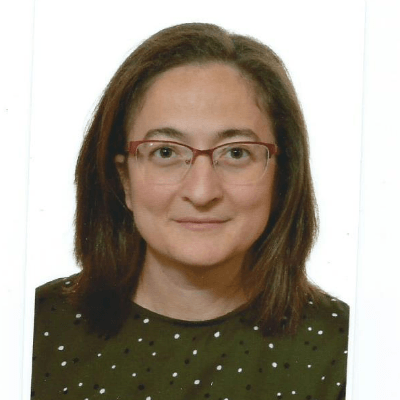
Ana Ferrero Spain Physician

Alexandr Krasnov Ukraine Physician

Boujemaa Oueslati Tunisia Physician
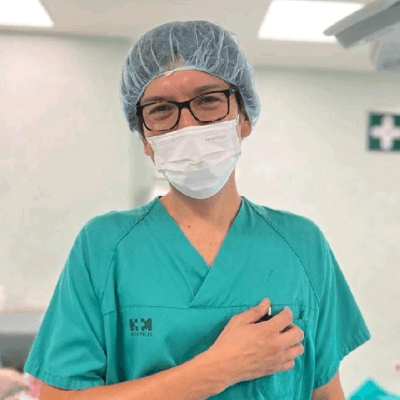
Miguel Cosme Spain Physician

Suat İnce Turkey Physician

Deval Shah India Physician
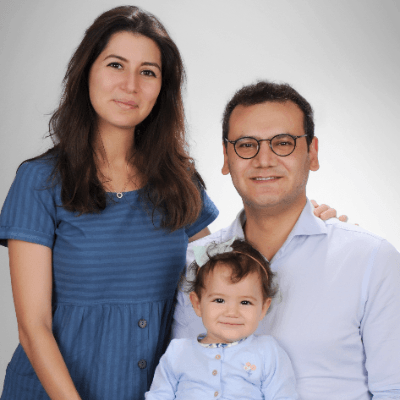
Murat Cagan Turkey Physician
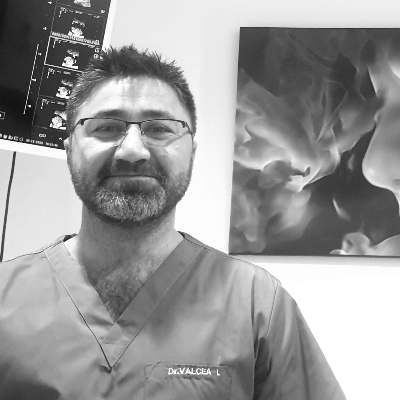
Ionut Valcea Romania Physician
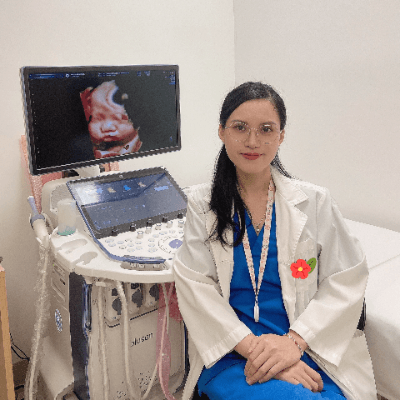
Đặng Mai Quỳnh Viet Nam Physician

Kathrine Montagne United States Sonographer
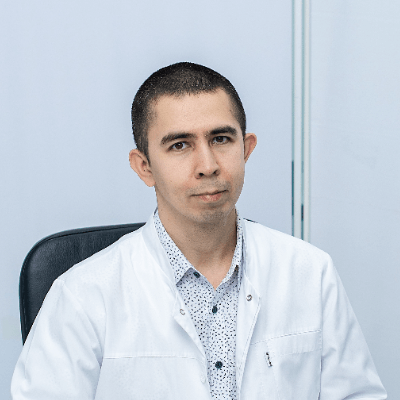
Almaz Kinzyabulatov Russian Federation Physician

Kareem Haloub Australia Physician

Annette Reuss Germany Physician

manshuk zhulkarova Kazakhstan Physician

Ismail Guzelmansur Turkey Physician

Shina Kaur India Physician

Gabriel Castillo Mexico Physician

Nikhila BL India Physician

Denys Saitarly Israel Physician

Tetiana Ishchenko Ukraine Physician

Dr Dhara patel India Physician

Hana Habanova Slovakia Physician

Meenu Zacheriah India Radiologist

Gnanasekar Periyasamy India Physician